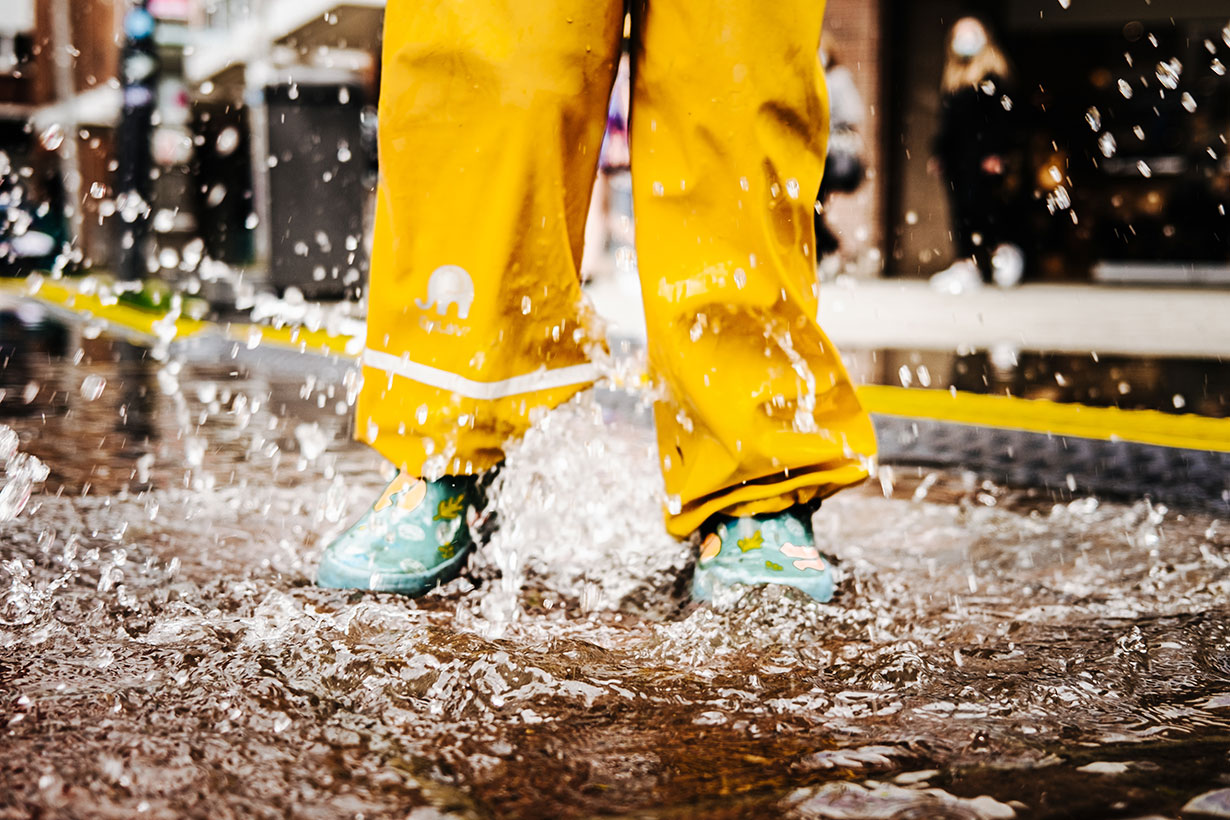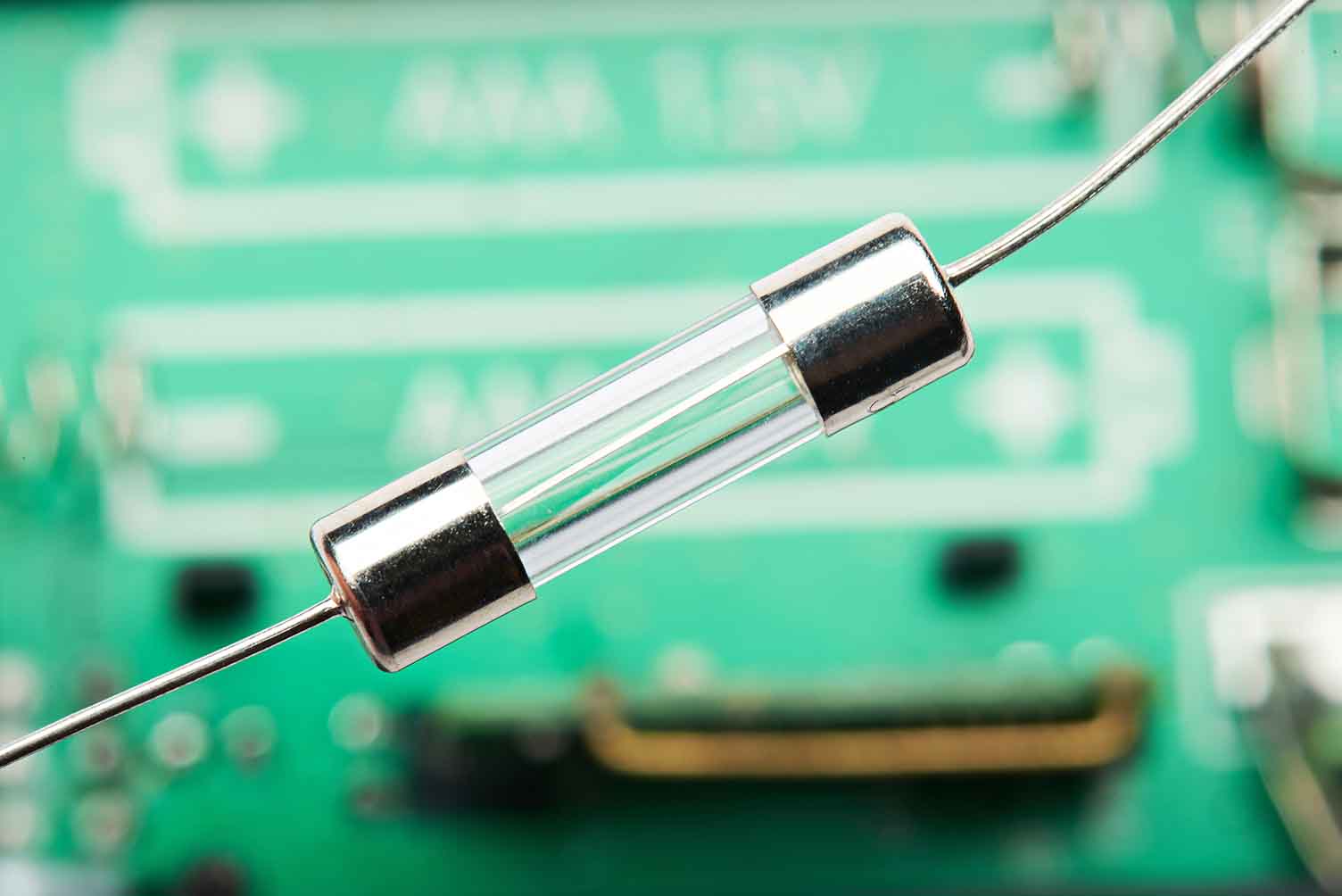

First Aid Kit Requirements: Components, Use, Inspection and Placement
By Grainger Editorial Staff 9/6/22
Find out what’s required in Class A and Class B first aid kits. Learn how ANSI standards guide kit selection based on workplace risks, with updates like foil blankets and tourniquets.
Quick Tips #219.1
Within the Occupational Safety and Health Administration (OSHA) medical services and first aid regulation (29 Code of Federal Regulations (CFR) 1910.151) paragraph (b) states: “In the absence of an infirmary, clinic, or hospital in near proximity to the workplace which is used for the treatment of all injured employees, a person or persons shall be adequately trained to render first aid. Adequate first aid supplies shall be readily available.”
Performance requirements and contents of first aid kits are given in the American National Standards Institute/International Safety Equipment Association (ANSI/ISEA) Z308.1 American National Standard – Minimum Requirements for Workplace First Aid Kits and Supplies standard. ANSI standards become mandatory only when they are adopted by OSHA. ANSI Z308.1 has not been adopted by OSHA. However, OSHA has often referred employers to ANSI Z308.1 as a source of guidance for the minimum requirements for first aid kits and does so in Appendix A to 1910.151 – First aid kits (Non-Mandatory).
On April 15, 2022, ANSI approved the latest edition of ANSI/ISEA Z308.1-2021. The 2021 edition is the sixth revision of this voluntary consensus standard that was first published in 1978. It became effective on October 15, 2022.
Updates
Several notable updates have been made in the 2021 edition:
- A foil blanket has been added as a mandatory item for both Class A and B kits based on an assessment of similar international standards and because of the multiple purposes they can serve.
- More specificity has been included for tourniquets to distinguish them from those types of bands used to draw blood. Arterial tourniquets that meet this Standard utilize a method such as a ratchet or a windlass to reach full occlusion. A blood drawing tourniquet is insufficient to meet this criteria.
- Appendix B (informative) now includes guidance on separately packaged bleeding control kits and other first aid supplies, ongoing maintenance and unitized kits:
- Bleeding control kits contain more advanced first supplies to immediately treat victims with life-threatening external bleeding injuries.
- Each work environment is unique. Therefore, it is expected that first aid kit contents will be augmented with required additional items or additional quantities of required supplies based upon hazards that may exist.
- Kits should be inspected at least monthly or following a first aid incident when product is used to ensure that they are full, in usable condition and that the contents have not expired. Cabinet surfaces should be disinfected regularly, during restocking or following any first aid incident when product has been used.
- It is recommended that items be easily identified and well organized. Unitized first aid kits contain supplies arranged in uniform-size boxes and color-coded to help simplify reorganization and restocking.
- Appendix C (informative) has been added to assist employers with:
- Conducting workplace hazard assessments to first determine if a Class A or Class B kit best fits the types of identified or potential hazards and the associated risks. All workplaces are unique. Therefore, additions to the Class A or Class B minimum requirements may be needed.
- It also includes guidance on the need to address the proximity of first aid supplies to workers. There are a variety of response time recommendations. In a letter of interpretation from January 2007, OSHA defines near proximity to first aid as “In areas where accidents resulting in suffocation, severe bleeding, or other life-threatening injury or illness can be expected, "near proximity" is interpreted as the ability to respond and start to administer first aid within 3 to 4 minutes. In other circumstances, i.e., where a life-threatening injury is an unlikely outcome of an accident, a longer response time, such as 15 minutes, is acceptable.” Additionally, the Hartford Consensus, published by the American College of Surgeons in 2016, states that victims with life-threatening external bleeding must be treated immediately at the point of wounding.
- Appendix C.3 addresses over the counter (OTC) medications. These can be put in first aid kits if packaged in single-dose, tamper-evident packaging and labeled as required by Food and Drug Administration (FDA) regulations. OTC drugs should not contain ingredients known to cause drowsiness. Also, if the workplace hazard assessment reveals that workers may be exposed to elements that could cause allergic reactions, insect stings and bites, poison ivy skin rashes, heat rashes, etc., employers should consider adding products that address these concerns to the first aid kits.
Classes and Types of First Aid Kits and Required Supplies
Below is a list of the minimum required components of the Class A and Class B kits. The quantity and size specifications of these components are the minimum necessary to comply with the 2021 standard. Class A kits are designed to deal with the most common types of workplace injuries. Class B kits are designed to deal with injuries in more complex or high-risk environments and contain a broader range and quantity of supplies.
ANSI/ISEA Z308.1 -2021 - Classes of First Aid Kits and Required Contents |
||||
First Aid Supply |
Minimum Quantity |
Minimum Size or Volume |
||
Class A Kits |
Class B Kits |
U.S. |
Metric |
|
Adhesive Bandage |
16 |
50 |
1 x 3 inches (in) |
2.5 x 7.5 centimeters (cm) |
Adhesive Tape |
1 |
2 |
2.5 yards (yds) |
2.3 meters (m) |
Antibiotic Application |
10 |
25 |
1/57 ounce (oz) |
0.5 gram (g) |
Antiseptic |
10 |
50 |
1/57 oz |
0.5 g |
Breathing Barrier |
1 |
1 |
N/A |
N/A |
Burn Dressing (gel soaked) |
1 |
2 |
4 x 4 in |
10 x 10 cm |
Burn Treatment |
10 |
25 |
1/32 oz |
0.9 g |
Cold Pack |
1 |
2 |
4 x 5 in |
10 x 12.5 cm |
Eye Covering (with means of attachment) |
2 |
2 |
2.9 square in |
19 square cm |
Eye/Skin Wash |
1 |
0 |
1 fluid oz |
29 milliliters (ml) |
0 |
1 |
4 fluid oz |
118.3 ml |
|
Foil Blanket |
1 |
1 |
52 x 84 in |
132 x 213 cm |
First Aid Guide |
1 |
1 |
N/A |
N/A |
Hand Sanitizer |
10 |
20 |
1/32 oz |
0.9 g |
Medical Exam Gloves |
2 pair |
4 pair |
N/A |
N/A |
Roller Bandage |
1 |
2 |
2 in x 4 yds |
5 cm x 3.66 m |
0 |
1 |
4 in x 4 yds |
10 cm x 3.66 m |
|
Scissors |
1 |
1 |
N/A |
N/A |
Splint |
0 |
1 |
4 x 2.4 in |
10.2 x 61 cm |
Sterile Pad |
2 |
4 |
3 x 3 in |
7.5 x 7.5 cm |
Tourniquet |
0 |
1 |
1.5 in (width) |
3.8 cm (width) |
Trauma Pad |
2 |
4 |
5 x 9 in |
12.7 x 22.9 cm |
Triangular Bandage |
1 |
2 |
40 x 40 x 56 in |
101 x 101 x 142 cm |
First aid kit containers are classified by portability, the ability to be mounted, resistance to water, and corrosion and impact resistance.
Type I: Intended for use in stationary, indoor applications where kit contents have minimal potential for damage. These kits are not intended to be portable and should have a means for mounting in a fixed position. Some applications for Type I first aid kits are general indoor use, office use or use in a light manufacturing facility. First aid cabinets fall in this classification.
Type II: Intended for portable use in indoor applications where there is potential for damage to kit supplies due to environmental factors and rough handling is minimal. Some applications for Type II first aid kits are general indoor use or use in office or manufacturing environments.
Type III: Intended for portable use in mobile indoor and/or outdoor settings where there is potential for damage of kit supplies due to environment is not probable. These kits should have the means to be mounted in a fixed position and have a water-resistant seal. Typical applications are general indoor use and sheltered outdoor use.
Type IV: Intended for portable use in mobile industries and/or outdoor settings where there is potential for damage to kit supplies due to environmental factors and rough handling is significant. These kits must have a means to be mounted in a fixed position and must be corrosion, moisture and impact resistant (meet the performance requirements of ANSI/ISA Z308.1-2021 Section 5.2.5). Typical applications for Type IV first aid kits include the transportation, utility and construction industries, and the armed forces.
Frequently Asked Questions
Section 7 of ANSI/ISEA Z308.1-2021 addresses labeling and marking of first aid kits. Each kit must be labeled with its contents and their locations must be visibly marked. All labeling and markings must be legible, permanent and if adhesive labels are used they must not be easily removed.
No, but OSHA does recommend it in 29 CFR 1910.151 Non-Mandatory Appendix A: “If it is reasonably anticipated that employees will be exposed to blood or other potentially infectious materials while using first aid supplies, employers are required to provide appropriate personal protective equipment (PPE) in compliance with the provisions of the occupational exposure to bloodborne pathogens standard, 1910.1030(d)(3). This standard lists the appropriate PPE for the type of exposure, such as gloves, gowns, face shields, mask or eye protection.”

Safety Management
6 Tips to Help Prevent Slips, Trips and Falls
Identify the fall hazards in your workplace and implement a fall safety program. Check out these tips from Grainger so you can mitigate risk.
![]() Our Latest KnowHow
Our Latest KnowHow
The information contained in this article is intended for general information purposes only and is based on information available as of the initial date of publication. No representation is made that the information or references are complete or remain current. This article is not a substitute for review of current applicable government regulations, industry standards, or other standards specific to your business and/or activities and should not be construed as legal advice or opinion. Readers with specific questions should refer to the applicable standards or consult with an attorney.















